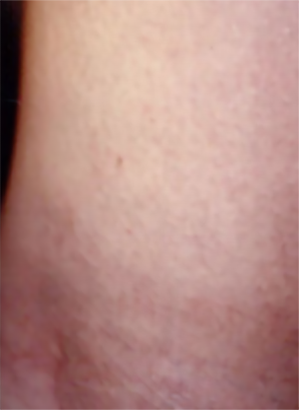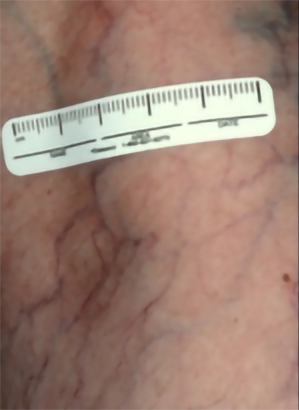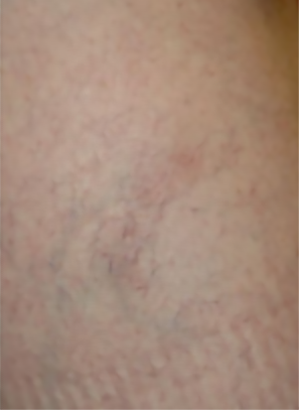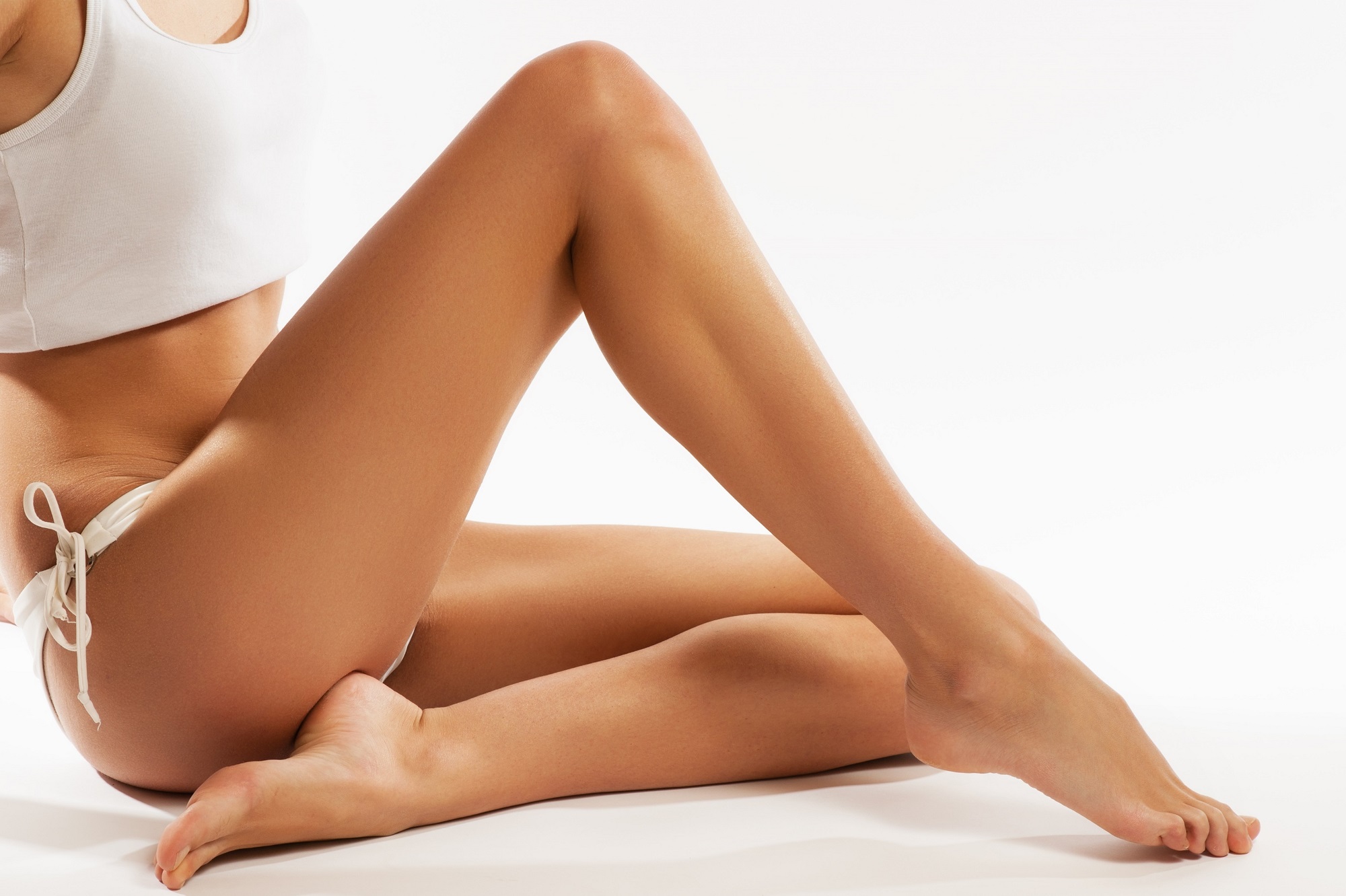SPIDER VEINS
What are Spider Veins?
Spider Veins are small, twisted blood vessels that are visible through the skin. They may be red, purple, or blue and most often appear on the legs or face. They take their name from their striking spiderweb pattern.
What causes Spider Veins?
Healthy veins carry blood to the heart, passing through a series of one-way valves that prevent backflow. Veins are surrounded by muscles, which contract and force blood through these valves, moving in the correct direction towards the heart. However, problems with these valves, muscles, or the blood itself can cause blood to pool within a vein. As blood collects, pressure builds and the vessel walls weaken. As a result, the vein may bulge and twist. Depending on the size of the blood vessel and extent of swelling, the result is a spider vein.
Who gets Spider Veins?
Anyone can get spider veins, but women are twice as susceptible as men. These conditions are also more common in individuals with jobs that require them to remain standing for extended periods of time. Other factors that may contribute to the development include obesity, pregnancy, prior trauma, history of surgery within the leg, genetic predisposition, and certain other medical conditions.
Diagnosing Spider Veins
Spider veins are easy to diagnose. The initial examination begins with a review of the patient’s medical history, medications, prior procedures, and lifestyle habits.
Next, there is a physical examination, focusing on the legs, feet, and other affected areas. This exam will check for swelling, tender spots, and any changes in skin color. Varicosities that cause pain, soreness, and muscle fatigue or cramping are examined further with an ultrasound. This exam does not hurt and takes about an hour to complete. A series of blood vessel measurements will be taken to determine the degree of varicose vein insufficiency. Based on these measurements and the individual’s symptoms, a treatment plan will be made. Cosmetic treatments for Spider and Varicose veins are usually not covered by most insurances.

SPIDER VEINS TREATMENTS
We offer a wide array of simple procedures to eliminate spider veins and varicose veins. Sclerotherapy procedures eliminate 80% of previously treated, superficial veins. A special kind of solution is injected directly into abnormal veins, destroying the blood vessel. The remains of the vessel are eventually reabsorbed into the body. This procedure requires a high degree of technical skill and special training. A thorough evaluation prior to the treatment is necessary to avoid side effects, such as discoloration, or the formation of new spider/varicose veins.
Sclerotherapy
After treatments with sclerotherapy, spider veins generally disappear in three to six weeks, while varicose veins may take three to four months to respond. Once gone, the veins do not reappear. This treatment does not prevent spider veins or varicose veins from appearing in other areas. This treatment is cash pay only. The price range is $300-$500 per area.
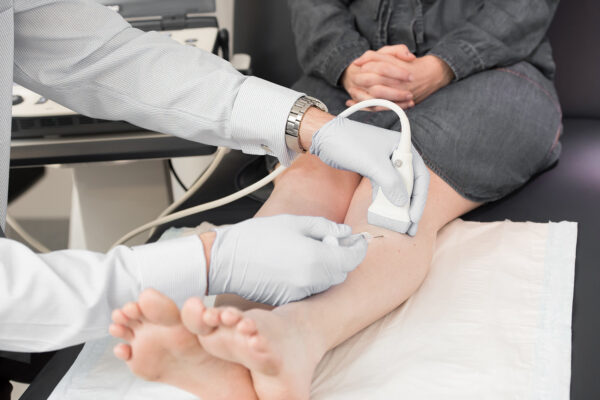
Laser and Light Therapy
Laser Therapy and Intense Light Pulse (ILP) use heat to destroy tiny spider veins and small varicose veins. The heat causes scar tissue to form, which eventually closes off the vein, rerouting blood to other, healthy veins. For some patients, this is an appealing alternative to injections. Side effects may include minor discomfort in the treated area, skin discoloration, and the formation of blisters.
Laser therapy works more slowly than sclerotherapy. More than one session is usually needed to get results, and it can take a year or two for the vein to disappear completely.
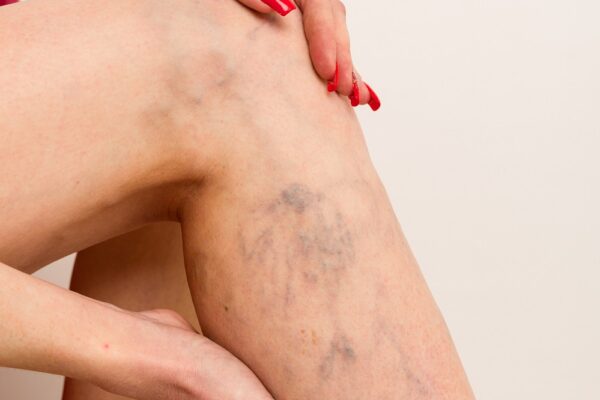
BEFORE AND AFTER

